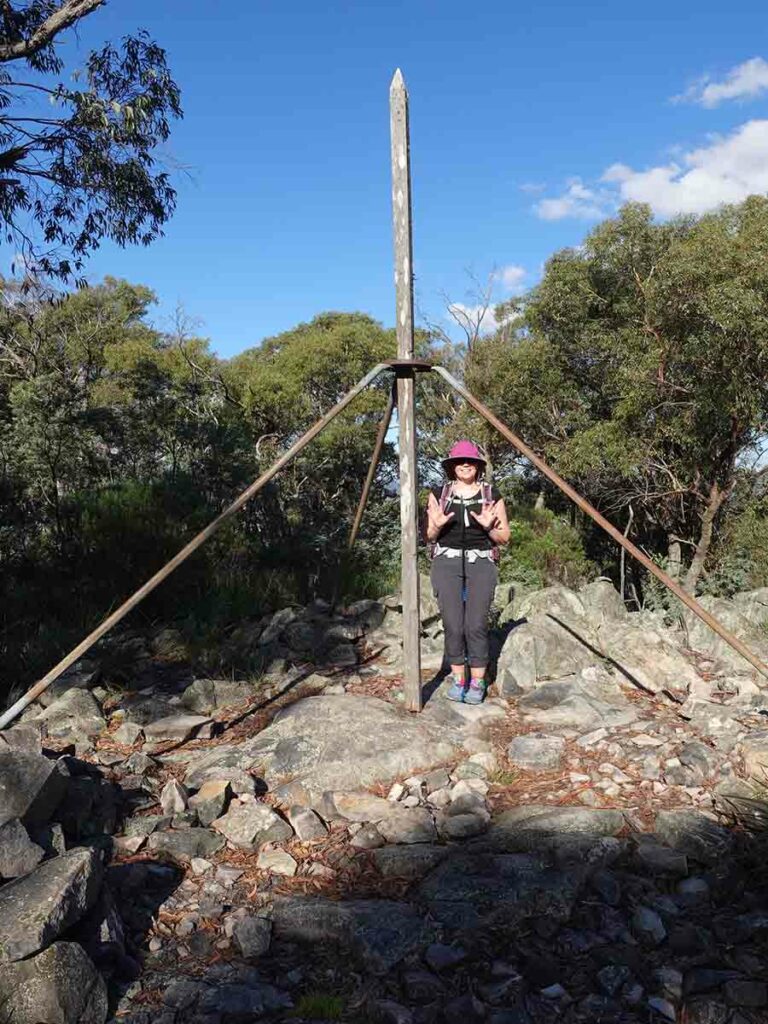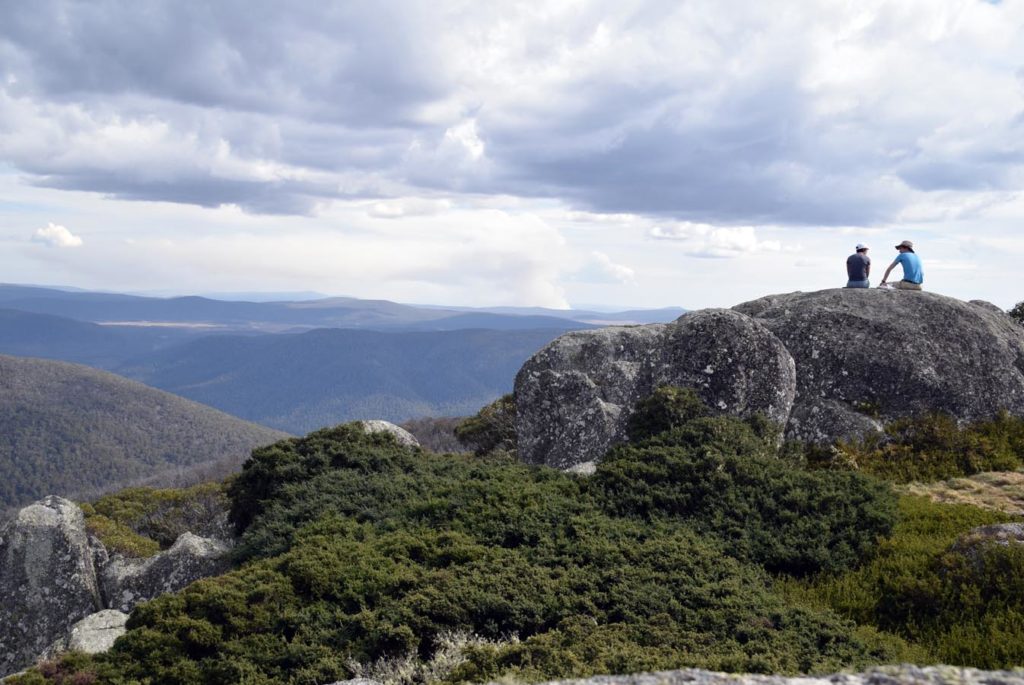Staycations for hikers
Holidays without leaving your home town
stay.ca.tion
[steɪˈkeɪʃ(ə)n]
- a holiday that you take at home, or near your home, rather than travelling to another place.
- a holiday spent in one’s home country rather than abroad, or one spent at home and involving day trips to local attractions.
Australia is a large country and for some reason as a population we feel the need to travel big distances for our leisure. Over the past couple of years the cost of living increases have put greater financial stress on people. So many of us have started to look at more creative options for taking a break and this is where ‘staycations’ come in.
The term staycation was first thought to have been coined in 2005 and has now come into common usage. While there are a couple of definitions it essentially means taking a holiday with limited travel and staying close to home. But just because you stay close to home doesn’t necessarily mean ‘low cost’ but if you think creatively you can certainly have an amazing time on a low budget by exploring your local environment.
In this article we discuss the concept of taking a hiking ‘staycation’ in your local area and look at options for getting out and about without necessarily having to break the bank.
1. Think outside the box
A few years ago when COVID was in full swing we really didn’t have much of a choice with our travel plans. While we had the opportunity to get out and about, there were limits on what we could do. So we had to think outside the box and in doing so we decided to camp in our backyard. This is something we do as kids but when was the last time you did this as an adult? In addition to having a break without leaving home, we also got a chance to get out of the house within which we had been essentially trapped for a month at that stage.
Other options include peak bagging where you set a goal to walk the hills and mountains in your local area. This will keep you busy for a while. In fact in the Australian Capital Territory there is a challenge that is called ‘TRIG Pointing’ where you visit all the hills and summits that have TRIG stations – at the time of this article (December 2023), there are 64 accessible ones to tick off.
There is no end to what you can do if you apply your imagination.


When conditions or budget aren’t favourable, why not camp in your backyard?

Rob Roy Summit marker. This is one of the oldest in Canberra and not very obvious given its hidden by trees
2. Keep it urban
Most town and cities will have designated walks through urban areas but you can also create an adventure of your own making – this is where the concept of urban hiking comes in. In addition to just getting out and walking around the suburbs, we also have good access to bushland fairly close-by, all within the city confines.
Something I’ve discovered over the years is that most of us will fall into a pattern. We travel to and from work, we go to our local shops, and on a regular basis we may visit our nearby big box shops.
What we don’t do is explore so for most of us we know a small percentage of the city or town that we live in and this is where urban hiking comes in. Urban hiking is just what it sounds. You hike around your city which may include bush or parkland as well as hitting the pavement; ideally in areas you have never visited before. Our biggest urban adventure was our three day 82km Canberra Summits Walk where we walked home on the first day, got a lift home on the second day and then one back to start our last day before getting a lift home. We saw parts of the city we hadn’t seen before along with summiting 12 of the urban/peri urban peaks.
Earlier this this year we undertook a walk where we walked out our front door and could only turn left or go straight ahead and ideally be back at home within four hours all the while following our arbitrary rules.
You don’t have to go to these extremes but try picking a section of your local area you haven’t visited before and go for a walk. It’s a great way to get to know your city, piece by piece.

The ‘Tardis’ on Red Hill. This infrastructure has been turned into an art installation and is very easy to access however most Canberra locals don’t even know it exists! Every town and city will have its ‘special places’, all you need to do is explore to find them

Turning left onto a management trail. On this walk we set some arbitrary rules, one of which was to only turn left or go straight ahead (no right turns). We learned more about our interpersonal communication and hiking skills than we expected!
3. Go bush
If you feel like going a bit further from home, what better way than visiting one of the more than 500 national parks and local state forests and reserves? There is ample opportunity to go bush. One of the bonuses of these parks and reserves is that they look different at different times of the year so keep on going back to see things in a different light.
My favourite local walk, in fact may favourite walk of all time, Mount Gingera, involves a 50 km drive before a half day walk. In my case it just ‘feels right’ and I come away from this walk revitalised so I try to do this walk at least once a year.

Summit of Mount Gingera
4. Overnight camping
So how about taking the staycation concept one step further by doing some overnight hiking? A day, or two, or even more! If you want to have a bit more ‘luxury’ you can camp at a caravan or designated camping ground. If you want to go more remote you can head to your local national park or state forest to set up a ‘base camp’ from which you can go exploring in different directions and come back to your camp each day. Or you can set off from the trailhead and set camp at a different location each night before returning back to the trailhead.

I set up my hammock in the Northern Campground (Canberra, ACT). There is a group of trees at this site that are spaced just perfectly and will comfortably fit 3-4 hammocks or many, many tents all within a few kilometres of the northern edge of the city
Final thoughts
So while the prompt for this article was the ability to undertake a low cost adventure holiday in a time of financial stress, taking a staycation in its truest sense is also more environmentally friendly with limited travel, and no air travel involved. Ignoring the cost and the environmental benefits its also a great option to take undertake an adventure without months of planning. In fact, you can decide to head off on the spur of the moment.
What it comes down to is be creative. Look for the quirky, and just explore.